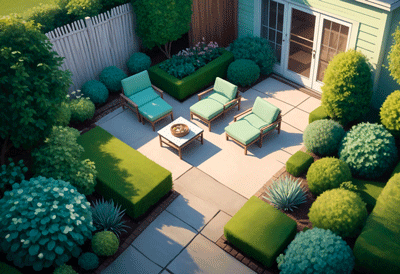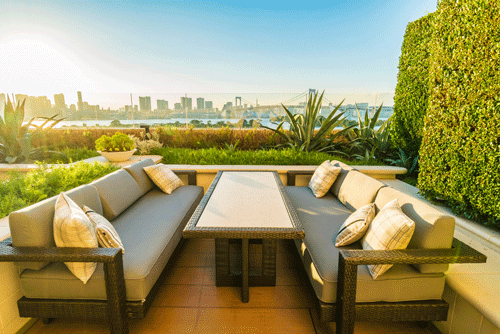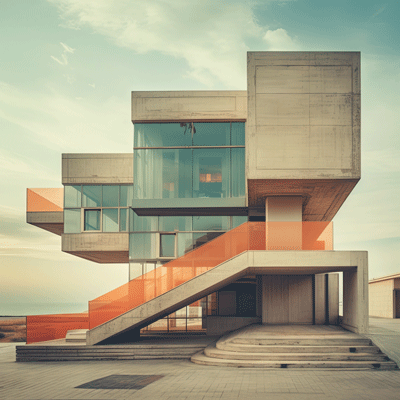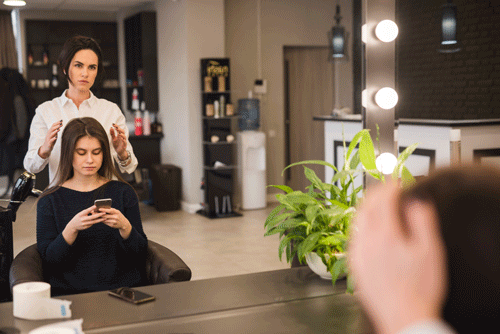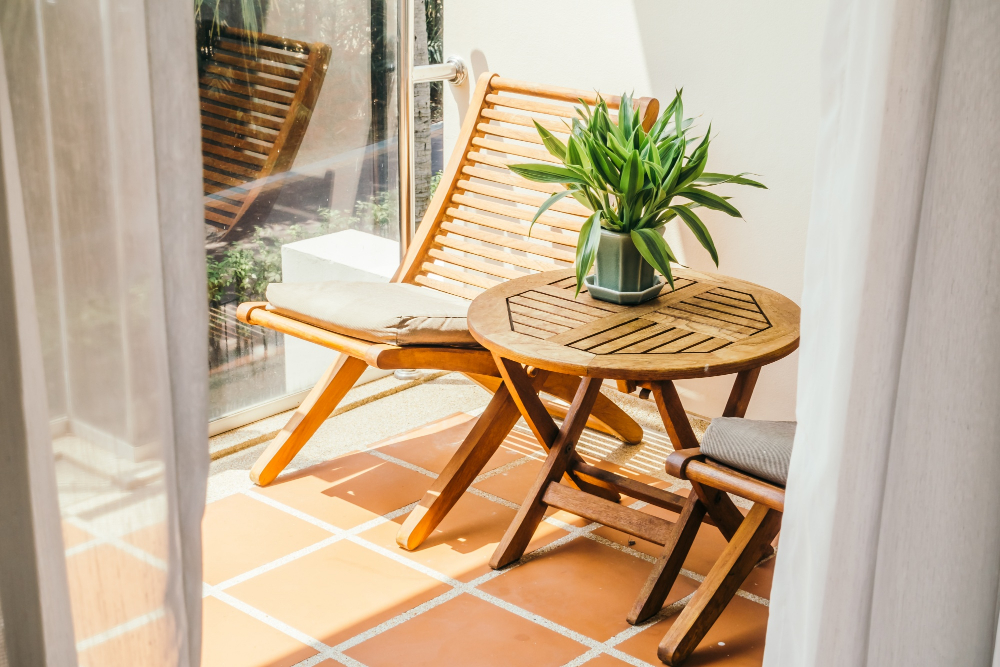
Interior & Exterior Design
Terrace Design & Decoration
Essential Tips for Designing a Perfect Terrace
A terrace is a transitional space that blends the comfort of the indoors with the beauty of the outdoors. A successful design creates an inviting “outdoor room” that is perfect for relaxing, entertaining, and enjoying fresh air.
1. Define the Purpose and Create Zones
Before choosing a single piece of furniture, decide how you want to use the space.
Primary Function: Is it for dining, lounging, gardening, or a combination? This will dictate your layout and furniture choices.
Create Distinct Zones: Use furniture arrangement, rugs, and planters to define different areas, just like you would indoors.
Conversation/Lounge Zone: A grouping of comfortable chairs and a coffee table.
Dining Zone: A table with adequate chairs, ideally placed on a stable surface.
Green Zone: Dedicated space for pots, planters, or a vertical garden.
2. Prioritize Privacy and Shelter
A sense of enclosure and privacy makes a terrace feel more intimate and comfortable.
Privacy Screens: Use lattice panels, trellises with climbing plants, outdoor curtains, bamboo blinds, or decorative screens to block views from neighbors and create a cozy atmosphere.
Overhead Shelter: Provide protection from the sun and rain.
Pergolas: Offer partial shade and a structure for climbing plants like wisteria or jasmine.
Retractable Awnings: Provide flexible, on-demand shade.
Market Umbrellas: A simple and mobile solution for shading a dining or seating area.
A Shade Sail: A modern and stylish option.
3. Choose the Right Flooring
The floor sets the foundation for your terrace’s style.
Durability and Drainage: Choose materials that can withstand weather and have a non-slip surface, especially when wet.
Popular Options:
Wood Decking: Creates a warm, natural look (use composite wood for low maintenance).
Porcelain or Ceramic Tiles: Highly durable, scratch-resistant, and available in many styles that mimic wood or stone.
Natural Stone (Flagstone, Slate): Beautiful and timeless, but can be more expensive and may require sealing.
Outdoor Rugs: Use them to define a zone, add color and texture, and make the space feel more like an indoor room.
4. Select Weather-Resistant and Comfortable Furniture
Invest in pieces that are both stylish and built to last.
Materials Matter: Look for:
Powder-Coated Aluminum: Lightweight, rust-proof, and modern.
Teak: A classic, durable hardwood that weathers to a beautiful silver-gray.
Synthetic Wicker/Rattan: Offers a natural look with excellent weather resistance.
HDPE Lumber: Made from recycled plastic, it’s extremely durable and maintenance-free.
Comfort is Key: Add plush, quick-dry foam cushions with outdoor-rated fabric. Include side tables and a coffee table for functionality.
5. Incorporate Greenery and Landscaping
Plants bring life, color, and a sense of tranquility to a terrace.
Container Gardening: This is the most flexible approach. Use a variety of pot sizes, heights, and materials.
Thriller, Filler, Spiller: Use this classic recipe for beautiful pots: a tall “thriller” plant (e.g., ornamental grass), mid-height “filler” plants (e.g., geraniums), and trailing “spiller” plants (e.g., ivy, sweet potato vine).
Vertical Gardens: Perfect for small spaces. Use wall planters, a living wall system, or a trellis to grow plants upwards.
Consider the Conditions: Choose plants based on the amount of sun and wind your terrace receives. Herbs, succulents, and many Mediterranean plants thrive in sunny spots.
6. Layer the Lighting for Ambiance
Good lighting allows you to enjoy the terrace after sunset and creates a magical atmosphere.
Ambient Lighting: String lights are a favorite for creating a soft, festive glow. Lanterns with candles or LED candles also work well.
Task Lighting: If you have a dining or reading area, use a focused light source like a weatherproof pendant light over the table or a sturdy table lamp.
Accent Lighting: Use solar-powered spike lights to uplight plants or trees, or low-voltage step lights to illuminate pathways safely.
Dimmers and Smart Plugs: Control the mood and turn lights on/off remotely.
7. Add Final Touches for Personality and Comfort
Accessorize to make the space feel complete.
Textiles: In addition to cushions, consider adding outdoor throw blankets for cooler evenings.
Heating: An outstanding-rated patio heater or a fire pit table can extend the usability of your terrace into the cooler months.
Water Feature: A small, self-contained fountain or a reflecting bowl can add a soothing, sensory element with the sound of trickling water.
Art and Decor: Incorporate weather-resistant sculptures, wall art, or decorative objects to reflect your personal style.
Common Terrace Design Mistakes to Avoid
Ignoring Scale: Choosing furniture that is too large or too small for the space. Always measure your terrace and furniture before buying.
Forgetting Storage: Not having a plan for where to store cushions and accessories during bad weather or winter. A waterproof storage bench is a perfect solution.
Poor Lighting: Relying on a single, harsh overhead light. Always layer your lighting for the best effect.
Neglecting the View: Arrange your seating to take advantage of the best view, whether it’s your garden, the city skyline, or a beautiful planting bed.
Overcrowding: It’s better to have a few well-chosen pieces than to clutter the space. Leave room to move around comfortably.
In summary, a well-designed terrace is a seamless extension of your home. It should be a comfortable, inviting, and personal retreat that encourages you to spend more time outdoors, relaxing and connecting with nature and friends.


